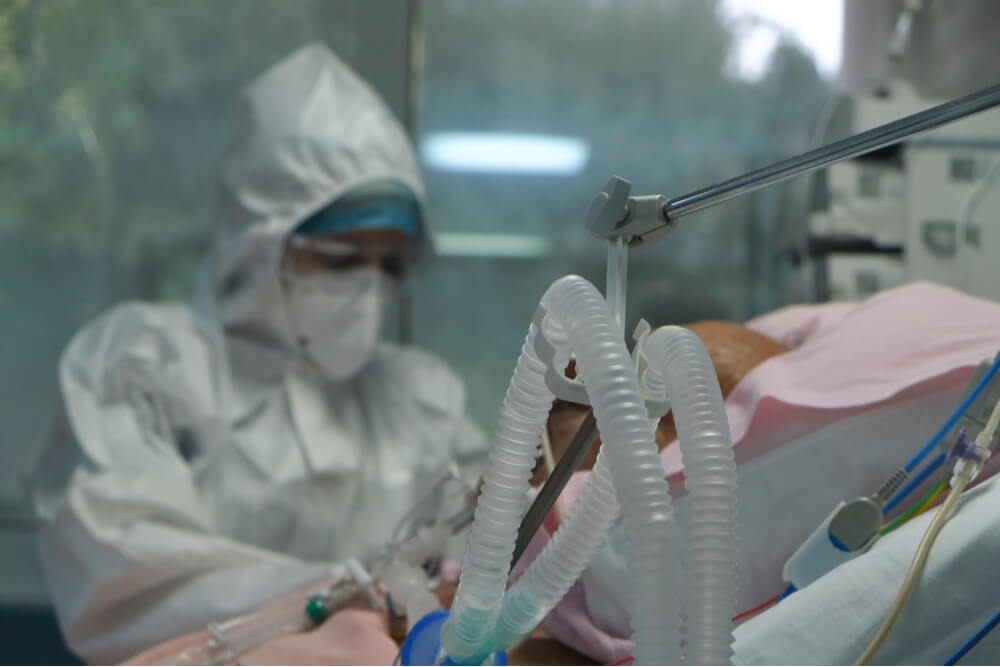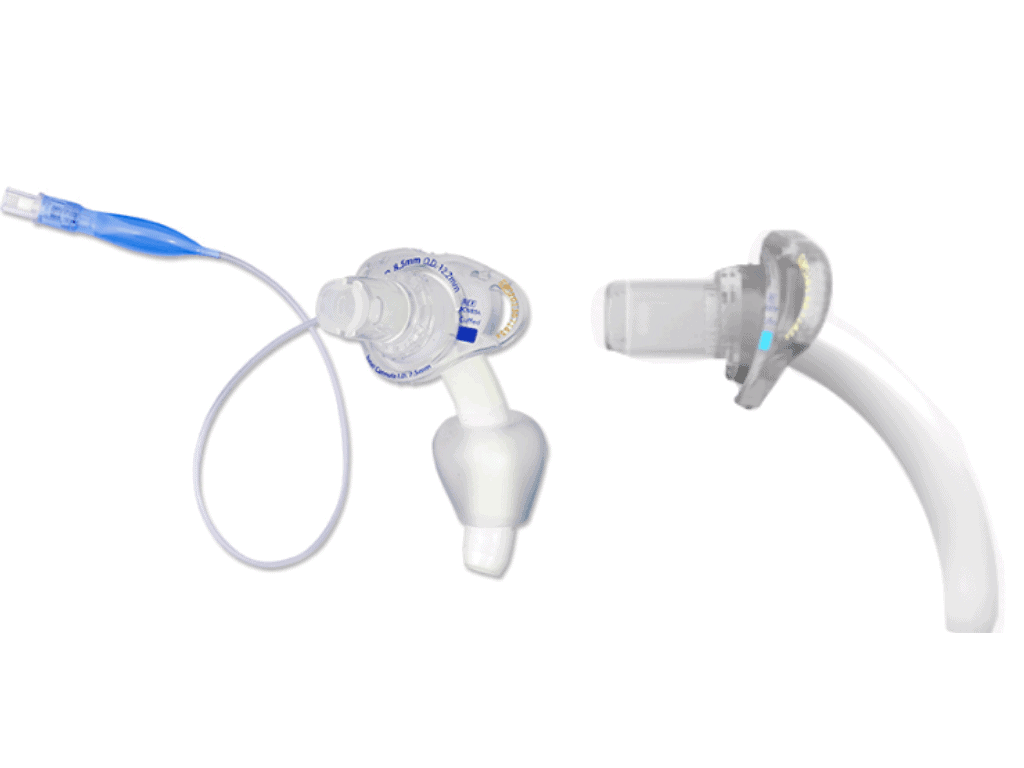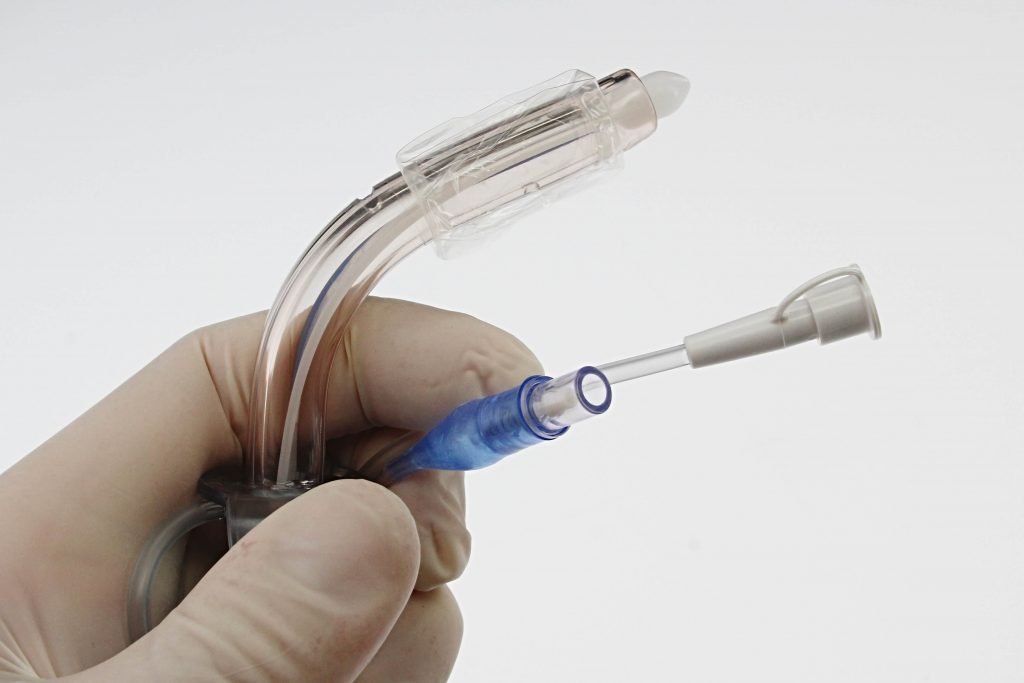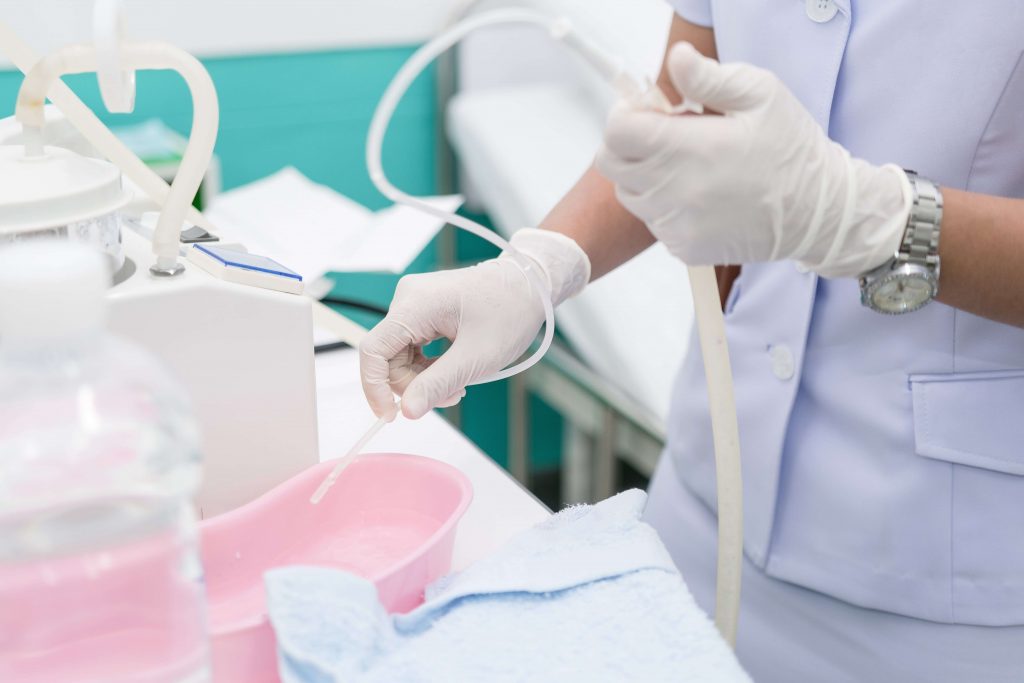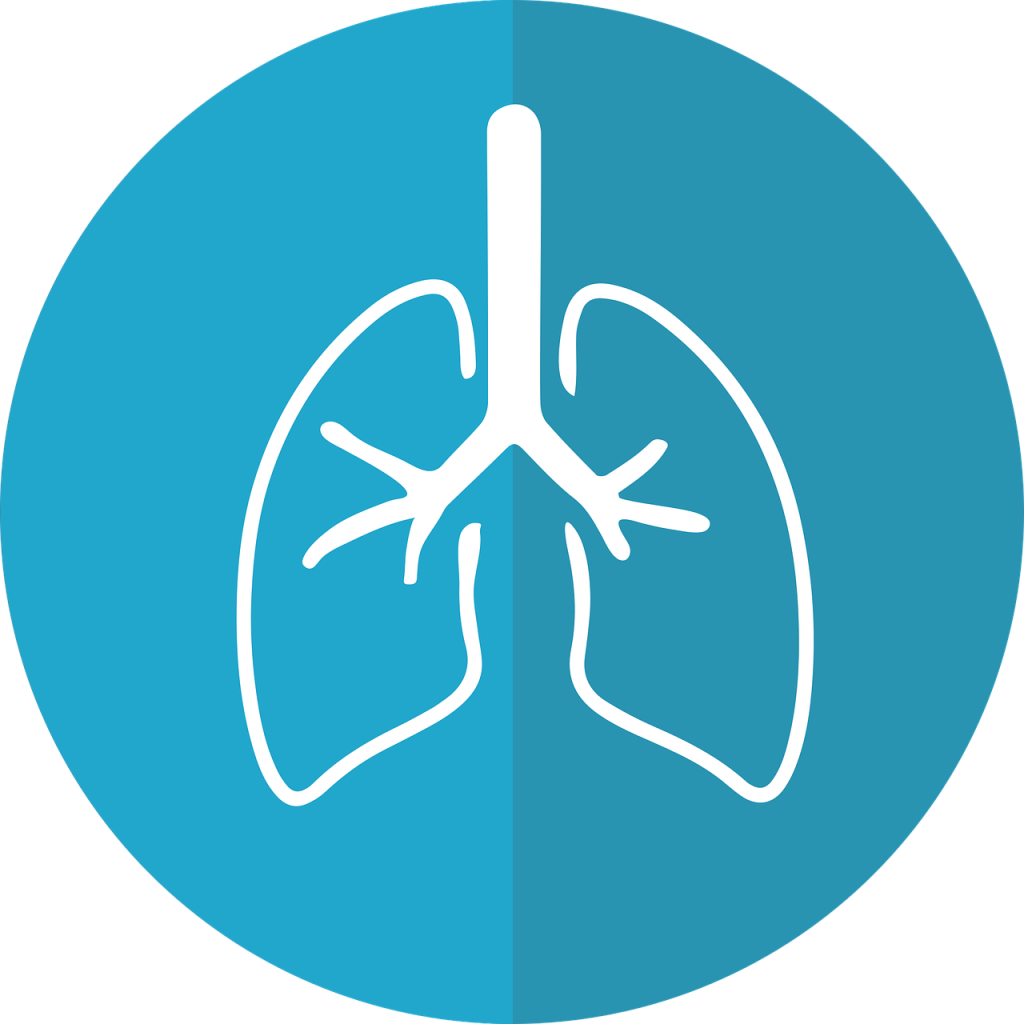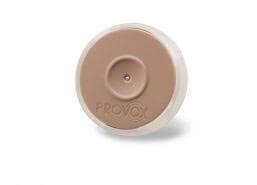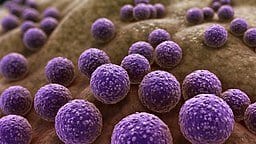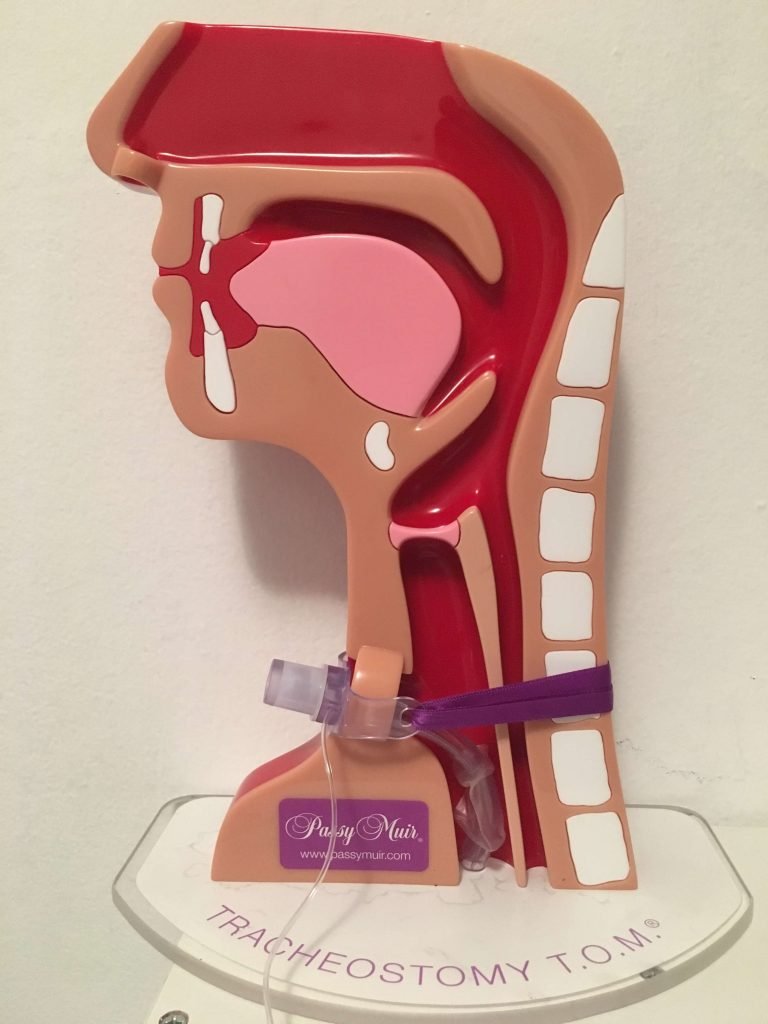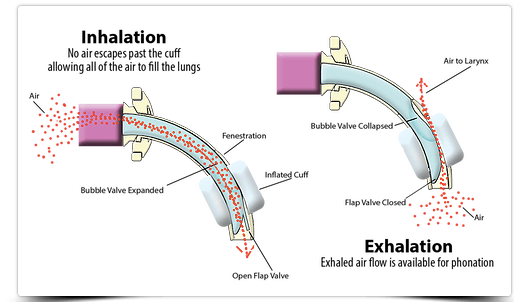Humidification and Hydration for Tracheostomy and/or Mechanical Ventilation
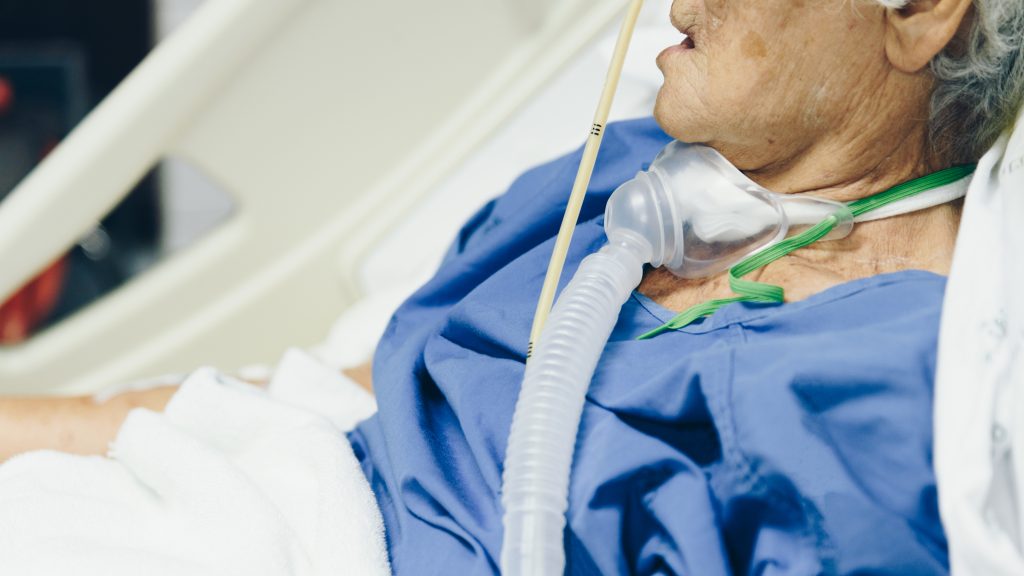
Humidification and Hydration for Tracheostomy and Mechanical Ventilation
The upper airway plays an important role in immune defenses of the lung by filtering, humidifying, and warming inspired gases before they reach the trachea, preventing dehydration of airway secretions. The nose and oropharynx perform most of this conditioning. In order for the lower airways and alveoli to properly function, it is important that inspired gases are fully saturated with water vapor and warmed to body temperature just below the carina. This point in the upper airway is called the isothermic saturation boundry (ISB). At this point, the inspired gas should have 100% relative humidity and a temperature of 98.6 degrees F (37 degrees C). When the ISB is not achieved, additional surfaces from the lower airways will be required to provide humidity and heat, which can negatively impact the epithelial integrity of the airway.
With a cuffed tracheostomy tube, the airflow is redirected out through the tracheostomy tube and air does not flow through the nose or nasopharynx. The natural warming, humidification and filtration system are bi-passed resulting in cool and dry air entering directly through the tracheostomy tube which can easily result in:
- damage to the ciliated tracheal mucosa
- thickening and retention of airway secretions
- impaired mucociliary transport.
- inflammatory changes and necrosis of epithelium
- impaired cilia activity
- destruction of cellular surface of airway causing inflammation, ulceration and bleeding
- reduced lung function (atelectasis/pneumonia)
- increased risk of bacterial infiltration
In addition to the upper airway bypassed and creating a lack of filtration and humidification, many individuals with tracheostomy also are provided with dry medical gases and high flows from oxygen or mechanical ventilation. Dehydration is also prevalent in critically ill patients and can increase the risk of thick and dry secretions.
To prevent the above effects of bypassing the upper airway and dry medical gases, humidification can be provided. According to the Clinical Consensus, humidification should be part of the patient’s care if the patient is using mechanical ventilation or if the patient has thick secretions (Mitchell, 2013). Clinical signs and symptoms of inadequate humidification include thick, dehydrated and/or encrusted secretions, dry and nonproductive cough, patient complaint of substernal pain, atelectasis, increased incidence of infection, increased airway resistance, increased work of breathing and bacterial infiltration of mucosa.
Suctioning and cleaning/replacing the inner cannula is also critical in preventing a blockage.
See National Tracheostomy Safety Project for Tracheostomy Emergency Algorithm.
Types of Humidifiers
Humidifiers work by adding molecules of water to gas. Humidifiers can either be active or passive. Active humidifiers include (1) bubble; (2) passover; (3) counter-flow; and (4) inline vaporizer. Passive humidifiers use the individual with a tracheostomy’s own temperature and hydration to achieve humidification. Heat and Moisture Exchangers (HMEs) are passive humidifiers. Regardless of which device is chosen, it should meet the minimum requirements to replace the functions of the upper airway, which according to the American Association for Respiratory Care are:
30mg/L absolute humidity, 34ºC and 100% relative humidity for HME.
Between 33 and 44mg/L absolute humidity; between 34ºC and 41ºC; 100% relative humidity for active humidifiers.
Passive Humidification
Passive humidification includes heat and moisture exchangers (HMEs) and stoma filters/bibs. They are generally easy to use and inexpensive in comparison to active humidification. Passive humidifiers use the individual’s own temperature and hydration to achieve humidification.
Heat and Moisture Exchangers (HME)
Heat and moisture exchangers are also known as artificial noses. HMEs consist of rolls of metal gauze, sponge/fiber or sheet/corrugated paper. An HME works by absorbing exhaled warmth and moisture and then delivers it to the next inhaled breath
During mechanical ventilation, if an HME is chosen for humidification, it should be placed before the ‘Y’ part of the circuit, which allows the device to contact both the inspired and expired air. Because HMEs are connected before the ‘Y’, they increase instrumental dead space. The HME can be connected directly to the tracheostomy tube for a spontaneously breathing individual with tracheostomy.
An HME may add a minimal amount of resistance during its use.
HMEs should be checked regularly to ensure they are not occluded with condensation, secretions or blood, which may obstruct airflow and increase resistance. Manufacturers provide general specifications for changing HMEs. However as a general recommendations, the HME should be changed:
- Due to excessive condensation that increases the resistance.
- Due to visible impaction with secretions or blood.
- Each 48 hours in patients with chronic obstructive pulmonary disease.
- Each 96 hours and up to 1 week in the remaining patients
Stoma filters or bibs
Stoma filters or bibs can be used for individuals with tracheostomy breathing spontaneously and do not require oxygen. These devices contain a layer of foam that absorb moisture from the individual’s expired gases. They cover the tracheostomy tube from site. An example is a ‘Buchannon’ bib which can be used by either an individual with tracheostomy or laryngectomy. These come in a wide variety of styles and designs.
Active Humidification (Heated Humidification)
Active humidification uses an external device to provide heat and humidification. Heated humidifiers have different designs and different techniques for humidification. These devices are classified as (1) bubble; (2) passover; (3) counter-flow; and (4) inline vaporizer. When used during mechanical ventilation, it is placed in-line in the inspiratory branch of the respirator, therefore, they do not add instrumental dead space.
Bubble Humidifiers
In bubble humidifiers, gas is forced down a tube into the bottom of a water container. Bubble humidifiers are not often used.
Passover Humidifiers
In passover humidifiers, gas passes over a heated water reservoir carrying water vapor to the patient. These are typically used for the purpose of invasive and noninvasive mechanical ventilation. Passyover devices have lower resistance than bubble humidifiers and have replaced most bubble humidifiers.
Counter-flow Humidifiers
In counter-flow humidifiers water is heated outside the vaporizer. After being heated, water is pumped to the top of the humidifier, enters the inside of the humidifier through small diameter pores, and then runs down a large surface area. Gas flows in counter direction. During its passage through the chamber of the humidifier, the air is moisturized and warmed to body temperature. Counter-flow humidifiers imposed less work of breathing than heated passover or HMEs (Schullman et al, 2007).
Fluid intake
Adequate hydration is important in secretion management. An individual may be hydrated by drinking liquids by mouth, enteral, intravenous or subcutaneous. A swallow evaluation should be completed prior to providing oral intake. The amount of fluids is patient dependent and based on multiple factors.
Mucolytics
In a healthy individual, the airways are lined by a protective layer of mucous that functions to entrap and clear bacteria and inhibit bacterial growth. Mucolytics are medications that can be used to thin secretions, making them easier to mobilize. This may prevent mucous plugging and therefore atelectasis and pneumonia.
Nebulization of mucolytic agents carries the risk of acetylcysteine-induced bronchoconstriction and salbutamol-induced tachycardia and tachy-arrhythmias (van der Hoeven, S et al, 2015). Also, nebulization could temporarily hamper triggering of the ventilator by a patient, potentially causing hypoventilation and patient distress (van der Hoeven, S et al, 2015).
Summary
Managing humidification and hydration needs is a standard of care for individuals with tracheostomy as well as laryngectomy. Knowledge of different humidification devices and the advantages and disadvantages is essential in proper management for individuals with tracheostomy across the continuum of care. Tracheostomy related complications can be preventing by providing adequate humidification, particularly for those with purulent secretions. Other methods of secretion management include suctioning, early mobilization, and occlusion of the tracheostomy tube (digital occlusion, speaking valve, capping).
Related Webinars:
References:
Birk R, Händel A, Wenzel A, et al. Heated air humidification versus cold air nebulization in newly tracheostomized patients. Head Neck. 2017;39(12):2481–2487. doi:10.1002/hed.24917
Haitham S. Al Ashry and Ariel M. Modrykamien, “Humidification during Mechanical Ventilation in the Adult Patient,” BioMed Research International, vol. 2014, Article ID 715434, 12 pages, 2014. https://doi.org/10.1155/2014/715434.
van der Hoeven, S. M., Binnekade, J. M., de Borgie, C. A., Bosch, F. H., Endeman, H., Horn, J., … Paulus, F. (2015). Preventive nebulization of mucolytic agents and bronchodilating drugs in invasively ventilated intensive care unit patients (NEBULAE): study protocol for a randomized controlled trial. Trials, 16, 389. doi:10.1186/s13063-015-0865-0

